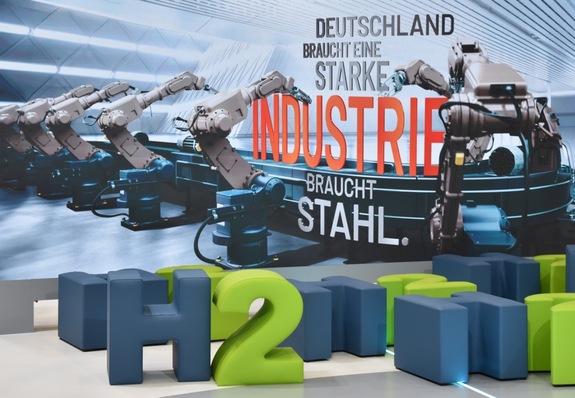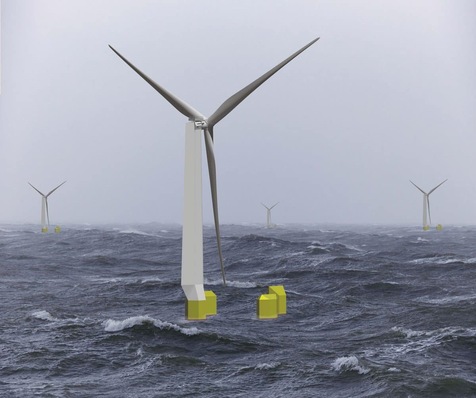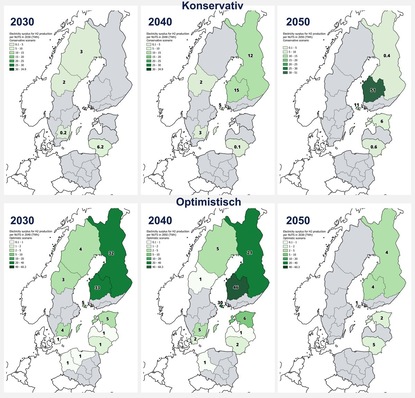If there were to be a widespread switchover to e-fuels for transportation we would be shooting ourselves in the foot in environmental terms. The more we rely on e-fuels, the more impossible it will be for us to turn around the world’s energy system before it’s too late. The internal combustion engine isn’t getting any greener and a fundamental rethink of mobility is absolutely essential.
In no other sector does Germany’s own climate objectives lag so far behind than in transportation: After 30 years with zero drop in carbon dioxide emissions, we now need to almost halve them within eight years. To keep to the 1.5 °C limit, things really do need to happen much more rapidly.
If you listen to the lobby groups of the oil and automotive industries, the answer you’ll hear touted is electrofuel, otherwise known as e-fuel – synthetic fuel that can be used across the board in conventional internal combustion engines or ICEs. E-fuels make transportation green without the necessity for uncomfortable structural changes, at least that’s the promise.
It’s a dangerous illusion. Environmental Action Germany has compiled the most common myths about e-fuels : E-fuels are always discussed within the context of climate protection, and yet they can in no way be considered automatically sustainable and indeed their very use can lead to increased emissions. The production of e-fuels is extremely energy intensive and their effect on the climate is highly dependent on the provenance of the energy used for the manufacturing process. E-fuels can only help mitigate climate change if 100 percent of the additional electricity generated for these purposes is renewable in origin. Hydrogen and e-fuels from fossil gas, which some proponents would like to call “low carbon,” are associated with enormous greenhouse gas emissions and would only fan the flames of the climate crisis rather than extinguish them.
Nevertheless, green electricity is a precious and scarce resource and will remain so in the longer term. It needs to be used in a targeted way that reaps maximum environmental benefit. Every kilowatt-hour of renewable power that is channeled into direct electrical applications (in the power sector, for electric vehicles or heat pumps) brings about by far the greatest saving in emissions. And that’s the case the world over. Even in windswept Chile, almost 80 percent of the country’s primary energy requirement is met by fossil energy sources. To then use valuable wind power to produce e-fuels for Porsche rather than to focus it on decarbonizing Chile’s domestic energy sector puts an additional burden on the climate rather than unburdening it.
Author: Dr. Johanna Büchler - Environmental Action Germany, Berlin








